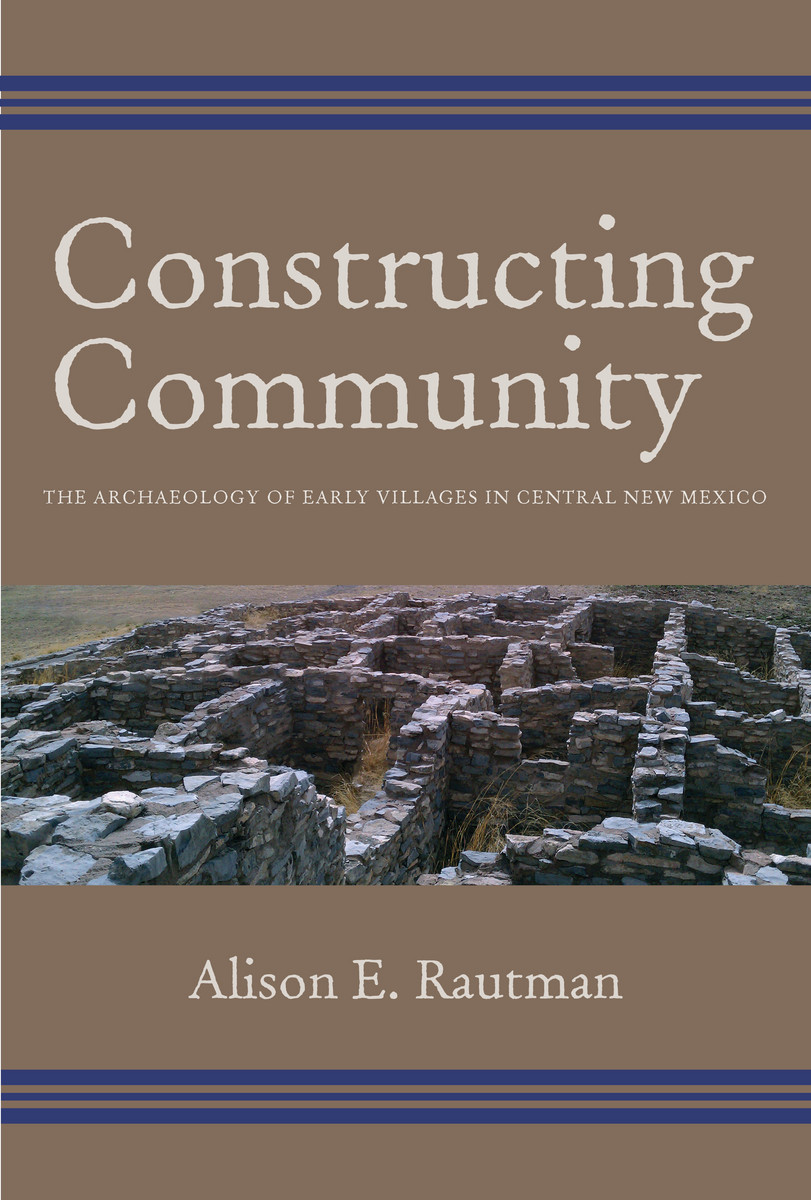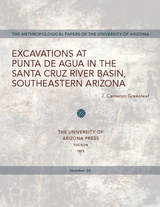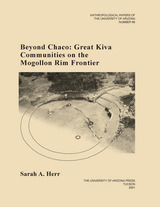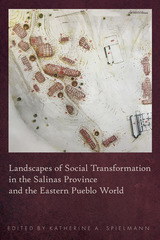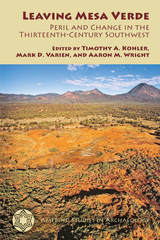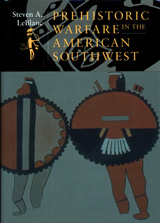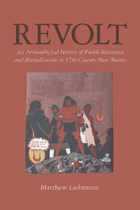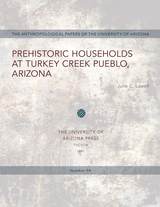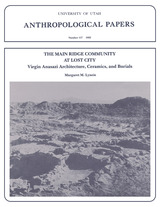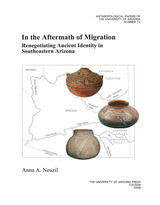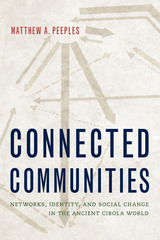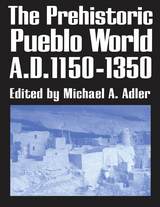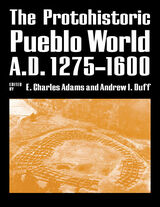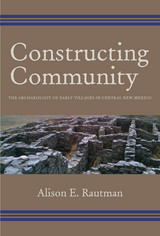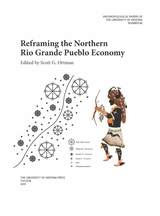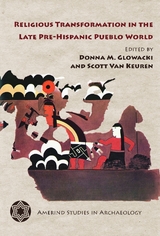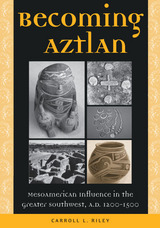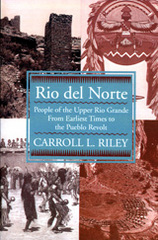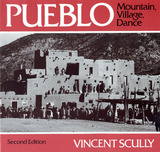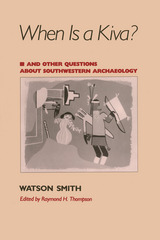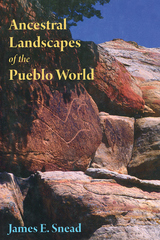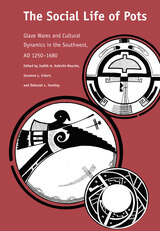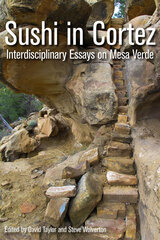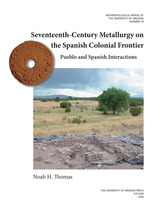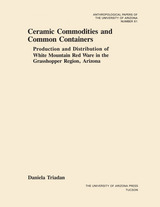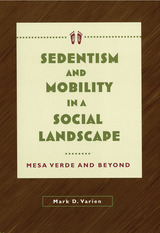Constructing Community: The Archaeology of Early Villages in Central New Mexico
University of Arizona Press, 2014
Cloth: 978-0-8165-3069-4 | eISBN: 978-0-8165-9865-6
Library of Congress Classification E99.P9R18 2014
Dewey Decimal Classification 978.901
Cloth: 978-0-8165-3069-4 | eISBN: 978-0-8165-9865-6
Library of Congress Classification E99.P9R18 2014
Dewey Decimal Classification 978.901
ABOUT THIS BOOK | AUTHOR BIOGRAPHY | REVIEWS | TOC
ABOUT THIS BOOK
In central New Mexico, tourists admire the majestic ruins of old Spanish churches and historic pueblos at Abo, Quarai, and Gran Quivira in Salinas Pueblo Missions National Monument. The less-imposing remains of the earliest Indian farming settlements, however, have not attracted nearly as much notice from visitors or from professional archaeologists. In Constructing Community, Alison E. Rautman synthesizes over twenty years of research about this little-known period of early sedentary villages in the Salinas region.
Rautman tackles a very broad topic: how archaeologists use material evidence to infer and imagine how people lived in the past, how they coped with everyday decisions and tensions, and how they created a sense of themselves and their place in the world. Using several different lines of evidence, she reconstructs what life was like for the ancestral Pueblo Indian people of Salinas, and identifies some of the specific strategies that they used to develop and sustain their villages over time.
Examining evidence of each site’s construction and developing spatial layout, Rautman traces changes in community organization across the architectural transitions from pithouses to jacal structures to unit pueblos, and finally to plaza-oriented pueblos. She finds that, in contrast to some other areas of the American Southwest, early villagers in Salinas repeatedly managed their built environment to emphasize the coherence and unity of the village as a whole. In this way, she argues, people in early farming villages across the Salinas region actively constructed and sustained a sense of social community.
Rautman tackles a very broad topic: how archaeologists use material evidence to infer and imagine how people lived in the past, how they coped with everyday decisions and tensions, and how they created a sense of themselves and their place in the world. Using several different lines of evidence, she reconstructs what life was like for the ancestral Pueblo Indian people of Salinas, and identifies some of the specific strategies that they used to develop and sustain their villages over time.
Examining evidence of each site’s construction and developing spatial layout, Rautman traces changes in community organization across the architectural transitions from pithouses to jacal structures to unit pueblos, and finally to plaza-oriented pueblos. She finds that, in contrast to some other areas of the American Southwest, early villagers in Salinas repeatedly managed their built environment to emphasize the coherence and unity of the village as a whole. In this way, she argues, people in early farming villages across the Salinas region actively constructed and sustained a sense of social community.
See other books on: Community life | Farmers | New Mexico | Pueblo Indians | Social archaeology
See other titles from University of Arizona Press
